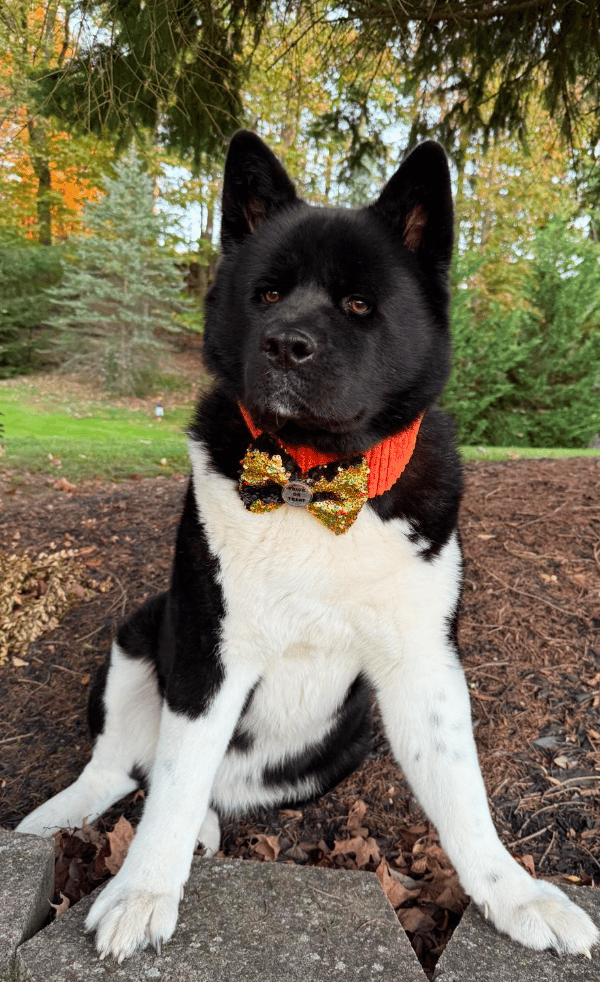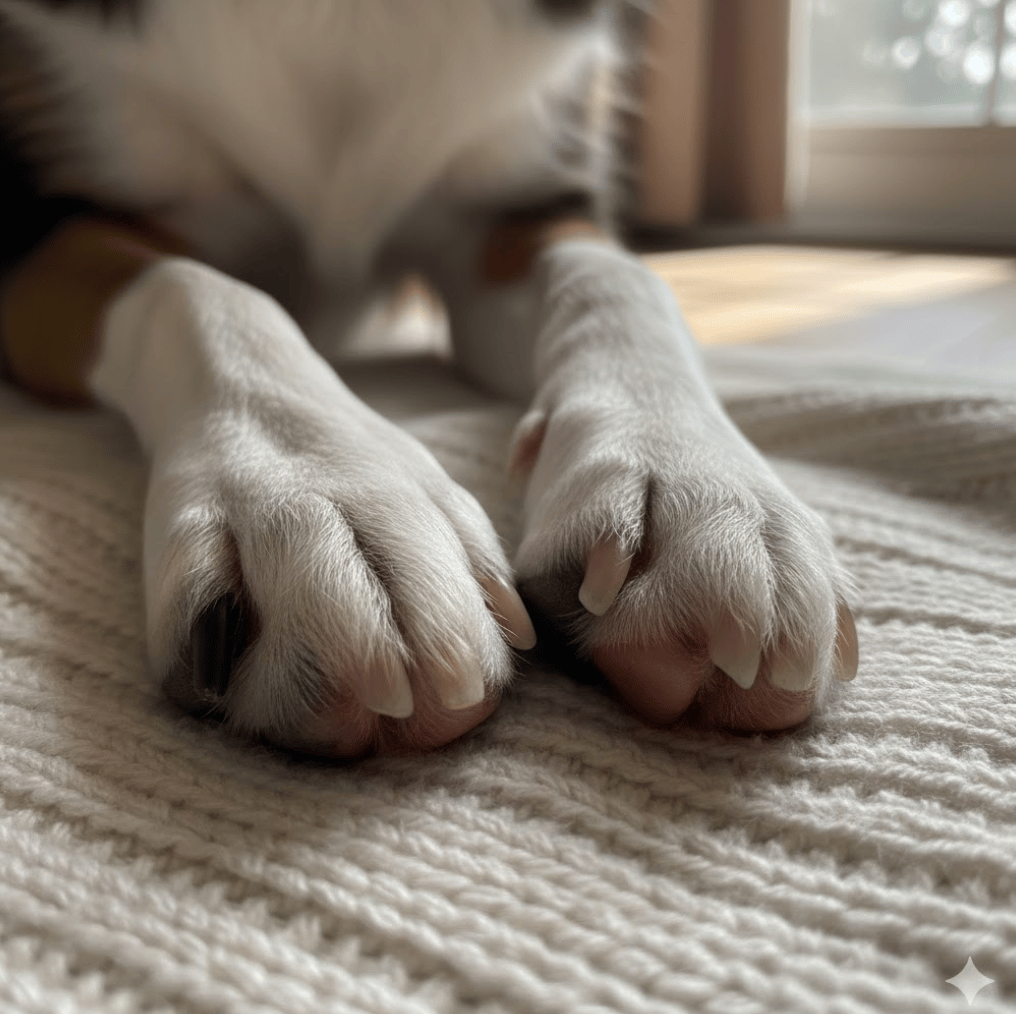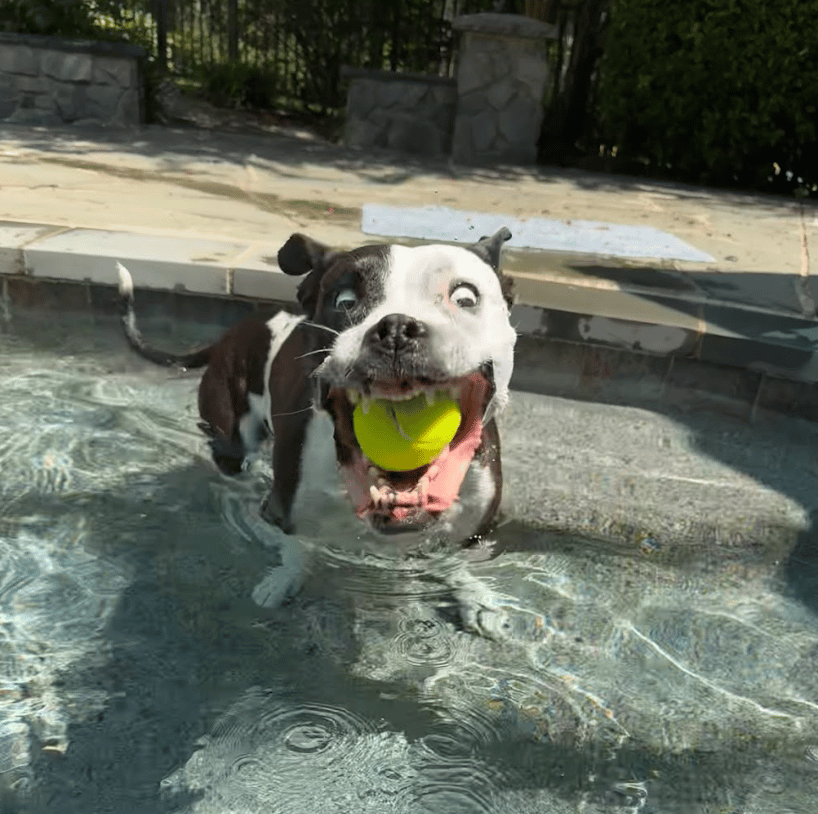Your daily dose of doggy goodness!
Every day, we celebrate our shared love of dogs and hopefully brighten your day. Enjoy!
Dog of the Day:
Sunday Rose!

Meme of the day: False!

Join over 4 million Americans who start their day with 1440 – your daily digest for unbiased, fact-centric news. From politics to sports, we cover it all by analyzing over 100 sources. Our concise, 5-minute read lands in your inbox each morning at no cost. Experience news without the noise; let 1440 help you make up your own mind. Sign up now and invite your friends and family to be part of the informed.
The Paw-dorable Palette: Why Do Dogs Have Different Colored Nails?
Have you ever been trimming your furry friend's nails and noticed that some are white or clear while others are a deep black or brown? It might seem like a random quirk of canine anatomy, but this difference in nail color is actually a completely normal and fascinating feature tied to your dog's genetics.
The simple answer is pigmentation, the same natural coloring that determines the color of their coat, skin, and nose.

It All Comes Down to Melanin
Just like in humans, the main coloring agent in dogs is melanin. This pigment is produced by special cells called melanocytes. When a dog has melanin present in the skin of their toes, those pigments extend into the growing nail, giving it a dark color.
Dark Nails (Black or Brown): These nails grow from toes that have pigmented skin—meaning the skin itself is dark. The melanocytes are active and deposit melanin into the nail as it grows, making the entire nail dark and opaque.
Light Nails (White or Clear): These nails grow from toes that have unpigmented skin (pink skin). Since there's no melanin being deposited, the nail appears clear, translucent, or white.
In many cases, the color of the nail is a direct reflection of the color of the fur on that specific toe. If your dog has a white patch of fur, that paw will likely have light nails. If they have a black patch, they'll likely have dark nails.
Why the Mix-and-Match Look?
One of the most charming things about dog paws is that a single dog can have a combination of dark and light nails—sometimes even on the same paw! This is a perfect example of their patchy pigmentation at work, often determined by genetics.
Think of it like a beautiful patchwork quilt. The genes that dictate where a dog has patches of color versus patches of white or unpigmented skin are what determine the nail color.
This mix-and-match look is particularly common in breeds with spotted or multi-colored coats, such as Dalmatians, Border Collies, and many mixed breeds. It's a harmless, natural variation that makes each dog truly unique!
A Practical Tip for Trimming
While the diverse colors are lovely to look at, they have a practical impact on nail trimming!
Trimming Light Nails: When you look at a light or clear nail, you can easily see the pink, fleshy core inside—this is the quick, which contains the blood vessel and nerve. This makes it much easier to know exactly where to cut to avoid causing pain or bleeding.
Trimming Dark Nails: Because the dark nail is opaque, the quick is impossible to see. This is why trimming a dark nail requires extra care and often just involves snipping off the small, curved tip. When in doubt, it’s always better to take off too little than too much!
Understanding your dog's unique palette—from the tip of their nose to the end of their nails—is just another fun way to appreciate the wonderful creature curled up at your feet. So next time you're giving them a paw massage, take a moment to admire their perfectly coordinated (or wonderfully mismatched!) manicure.
Do your dog's nails match their fur, or are they a delightful mix of colors?
Dog Food and Supplement Recalls
Here are the recent recalls and advisories:
Viva - Ground Beef for Dogs and Ground Chicken for Dogs and Cats for potential Salmonella and Listeria contamination.
Savage Pet - Cat Food Chicken for potential bird flu exposure.
Wild Coast Raw - Frozen Boneless Free-Range Chicken Formula raw pet food for cats, for possible bird flu exposure.
The Smile Section
Family Photo of the Day:
Macie!

We want to feature your pup!
We want to share your pup with our pack. Email us your favorite doggy pic or video with your pup’s name, and we'll try to feature it as a family photo in one of our upcoming newsletters or on our Facebook page.
Share our newsletter with your friends!
Meme of the day: @itsme.tommy.to



